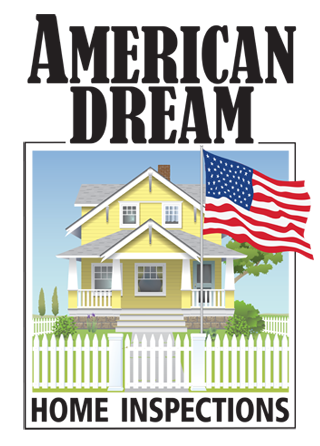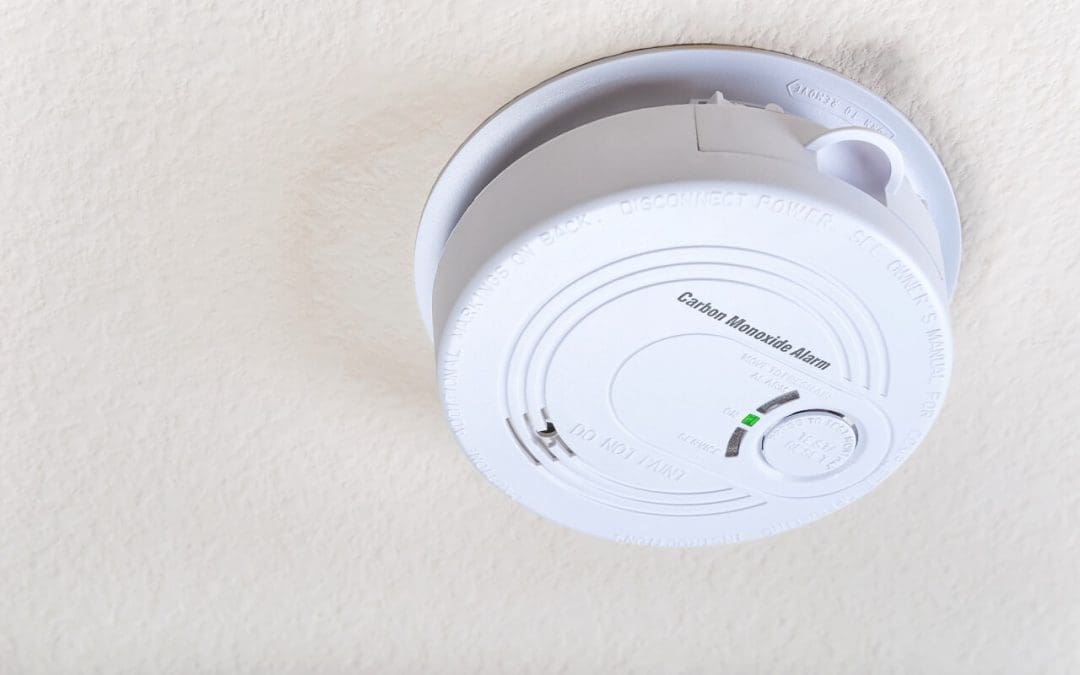When you think of your home, you often think of your safety and comfort. But even the cleanest, most well-maintained home may harbor unseen dangers. From poor air quality to hidden mold, health hazards in the house are more common than many realize. These issues affect everyone in the household, especially children, the elderly, or those with respiratory conditions or weakened immune systems.
Understanding where health hazards come from and how to prevent them is essential to maintaining a safe living environment. With the right knowledge and a proactive approach, homeowners can identify risks early and create a healthier living space.
Indoor Air Quality and Health Hazards
One of the most common and overlooked health hazards in the home is poor indoor air quality. Dust, pet dander, mold spores, pollen, and even chemicals from household cleaners will circulate through the air and build up over time. Without proper ventilation, these contaminants may irritate your lungs, trigger allergies, and contribute to long-term health problems.
Improving air quality starts with keeping HVAC systems clean, replacing filters regularly, and using exhaust fans in bathrooms and kitchens. Investing in an air purifier and opening windows when weather permits can also help freshen the air and reduce buildup.
Mold and Moisture
Mold is a major health hazard in your home. It thrives in damp, humid areas like basements, bathrooms, and attics and can cause everything from mild allergy symptoms to more severe respiratory issues.
Even small leaks behind walls or under sinks can create the perfect breeding ground for mold. Homeowners should stay alert for musty smells, water stains, or peeling paint, which could indicate hidden moisture problems. Addressing the water source quickly and properly ventilating moisture-prone areas are key to prevention.
Invisible Health Hazards
Carbon monoxide is a silent, odorless gas that can be deadly in high concentrations. Faulty furnaces, gas stoves, water heaters, and even fireplaces can all become sources of this dangerous gas. Installing carbon monoxide detectors on every level of your home and testing them regularly is one of the simplest ways to stay safe.
Gas leaks from stoves or appliances also present serious health and fire risks. If you ever smell gas, leave the home immediately and call for professional help. These health hazards demand fast action and proper equipment to detect and resolve.
Lead Paint and Asbestos
Older homes, particularly those built before the late 1970s, may contain materials that pose long-term health hazards if disturbed. Lead paint can chip or create toxic dust. Asbestos, once used for insulation and fireproofing, can release dangerous fibers when damaged or removed improperly.
If your home is older, it’s a good idea to have these materials professionally tested before starting renovations. If lead or asbestos is present, remediation should only be handled by certified specialists.
Household Chemicals and Cleaning Products
Many common household items will contribute to indoor health hazards without homeowners realizing it. Cleaners, air fresheners, paints, and pesticides often contain volatile organic compounds (VOCs) that can irritate the skin, eyes, and lungs.
Storing products safely, using them in well-ventilated areas, and choosing non-toxic or low-VOC alternatives can reduce your exposure. Always read labels and never mix chemicals unless specifically directed—it may result in harmful fumes or reactions.
Being aware of home health hazards is the first step in creating a healthier environment. With regular inspections, smart choices, and a commitment to safety, homeowners will reduce risks and enjoy peace of mind knowing their home is a safer place to live.
FAQs About Health Hazards in the Home
How can I tell if the air in my home is unhealthy?
Persistent allergies, headaches, fatigue, or musty smells are signs. Testing kits or air quality monitors can help identify pollutants or humidity problems.
Is mold always visible?
Not always. Mold can grow behind walls, under floors, or inside HVAC systems. Musty odors and allergy symptoms are often the first clues.
How often should I check carbon monoxide detectors?
Test them monthly and replace batteries at least once a year. Detectors should be replaced every 5–7 years, depending on the model.
Are all household cleaners harmful?
Many contain harsh chemicals. Look for products labeled as non-toxic or eco-friendly, and always use proper ventilation.
Should I be worried about asbestos in my home?
If your home was built before the 1980s and the materials are intact, it’s worth getting tested.
American Dream Home Inspections provides home inspections in Northern and Central New Jersey. Contact us to schedule our services.

